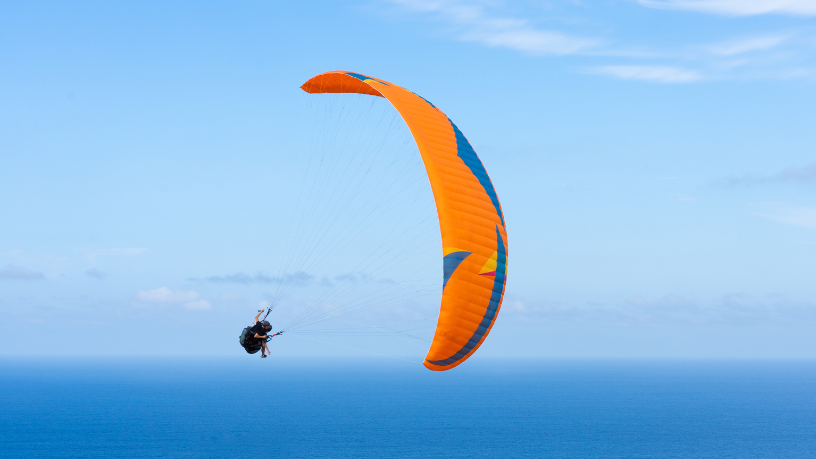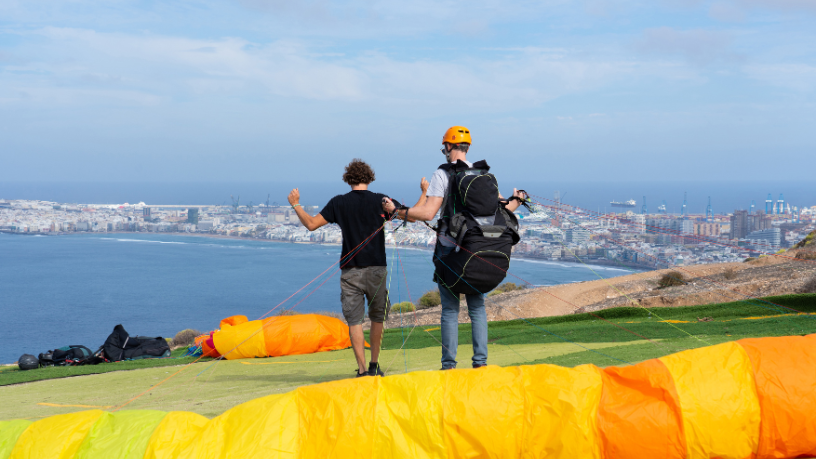Skydiving is one of the most exciting and challenging sports, offering practitioners a unique sense of freedom. Paulo Cabral Bastos points out that, like any adventure activity, skydiving involves significant risks that cannot be ignored. Fortunately, advances in safety techniques and equipment have helped minimize these dangers.
Below, we will discuss the main risks associated with skydiving and the safety measures adopted to protect skydivers and ensure a safer experience.
What Are the Main Risks of Skydiving?
The risks of skydiving are primarily related to equipment failure, human error, and adverse weather conditions. Parachute failure is one of the greatest fears among skydivers, although technological advancements, such as automatic activation devices (AAD), have significantly reduced the likelihood of malfunctions. Additionally, the risk of improper landing can arise due to miscalculating the height or losing control during descent.
Paulo Cabral Bastos explains that another risk is adverse weather conditions, such as strong winds, storms, or unpredictable weather patterns, which can affect the jump trajectory and the skydiver’s safety. Even jumps performed in open areas can be compromised by sudden changes in wind conditions, leading to dangerous situations. These risks, while present, are largely manageable with proper care, training, and the right equipment.
How Does Equipment Contribute to Skydiving Safety?
Modern skydiving equipment is designed to provide maximum safety and minimize risks during the jump. Paulo Cabral Bastos highlights that the reserve parachute, which is one of the most critical components, can be automatically deployed by the AAD system if the skydiver fails to open the main parachute in time.

In addition, digital altimeters and GPS systems are increasingly being used to monitor jump altitude and ensure that the skydiver is always aware of their position during free fall. These devices help prevent disorientation and allow the skydiver to know exactly when to deploy the parachute, as well as alerting to any anomalies in jump parameters.
What Are the Best Practices to Minimize Risks During a Jump?
While equipment and technology play essential roles in skydiving safety, the skydiver’s training and experience are equally important. Proper training is crucial for jumpers to learn how to execute procedures correctly, including controlling descent speed and performing a safe landing.
Another crucial factor is the constant inspection of equipment before each jump. Paulo Cabral Bastos stresses that this involves checking the parachute, the AAD, the altimeter, and other essential items to ensure they are functioning correctly. Experienced skydivers and instructors always emphasize the importance of thorough equipment checks to prevent failures that could compromise safety.
Finally, for Paulo Cabral Bastos, skydiving, despite being an exciting adventure sport, involves risks that require the strict adoption of safety measures to ensure the protection of practitioners. By following these measures and relying on the expertise of qualified instructors, skydivers can enjoy a safe and unforgettable experience. Therefore, the key to skydiving safety lies in preparation, technical knowledge, and the use of high-quality equipment.
Author: Clodayre Daine
Source: Saftec Digital Communication Department









